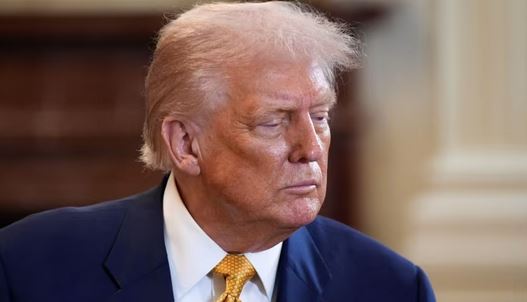News Flash

PARIS, July 23, 2025 (BSS/AFP) - Japan and the Philippines take to five the number of countries which have concluded trade deals with the United States ahead of an August 1 deadline set by President Donald Trump to avoid punitive tariff rates.
The rates included in the agreements are often considerably higher than the new base rate of 10 percent that the United States has applied since April, but far less than the levels the Trump administration has threatened to impose if no deal is reached.
Analysts at Barclays have noted a "trend of tariff rates gravitating towards the 15-20 percent range".
While many details remain to be negotiated under the deals, it is clear countries made considerable concessions to reach an agreement with the United States.
"The magnitude of the concessions made by the Japanese government could make one fear very complicated negotiations with others like the European Union," said analyst Bastien Drut at CPR Asset Management in Paris.
- Japan: 15% -
Under the terms of the trade deal with Japan that Trump called "massive", the country's exports will be taxed at 15 percent instead of the threatened 25 percent rate.
Crucially, Tokyo obtained that the 15 percent rate will apply to its automobiles, an industry accounting for eight percent of Japanese jobs, and which was already subject to a 25 percent rate.
Moody's Analytics analyst Stefan Angrick said that while 15 percent is lower than the threatened 25 percent rate, it is much higher than the low single digits rates in effect before Trump returned to the White House.
"Relative to that it's not exactly good news," he noted.
"I think 15 percent is a much, much higher tariff rate than many, many were expecting. And it's important to keep that in mind."
The 50 percent tariffs on Japanese steel and aluminium will continue to apply.
Trump said that under the deal that Japan will make $550 billion in investments in the United States.
The US president also said that Japan would open its market to US cars and trucks, as well as rice and certain other agricultural products.
- Philippines: 19% -
Under an accord also announced on Tuesday, the Philippines obtained a small reduction in tariffs on its goods entering the United States.
Products from the Southeast Asian country, a major exporter of high-tech items and apparel, will face a 19 percent levy instead of a threatened 20 percent levy.
- Britain: 10% on average -
London and Washington concluded a deal in May that sees a 27.5 percent tariff rate on cars dropped to 10 percent for the first 100,000 vehicles per year, which is big win for Jaguar Land Rover.
The deal was also a win for the British aerospace sector, in particular jet engine manufacturer Rolls Royce, which won a tariff exemption.
London is still negotiating exemptions for its steel and aluminium products from the 25 percent rate in force.
But Britain had to open its market further to US ethanol and beef.
The rest of its products are subject to the 10 percent base rate.
- Vietnam: 20% -
Vietnam reached at the beginning of July with the United States, its main export market for products including clothing and shoes, that will see its products subject to a 20 percent tariff, instead of the threatened 46 percent rate.
But a 40 percent tariff will hit goods passing through the country to circumvent steeper trade barriers.
US goods won't face any tariffs to enter Vietnam.
- Indonesia: 19% -
Under the deal reached last week Indonesian goods entering the United States will fact a 19 percent tariff, lower than the threatened rate of 32 percent.
Certain Indonesian goods not available in the United States could face even lower rates.
According to Washington, nearly all US goods will be able to enter Indonesia tariff free. Moreover, it said Jakarta had agreed to recognise US standards for car and pharmaceutical imports.
It also agreed to drop an effort to tax data flows and ease export restrictions on critical minerals.
The deal followed Indonesia making concessions earlier in July with pledges to buy more US agricultural goods and oil.